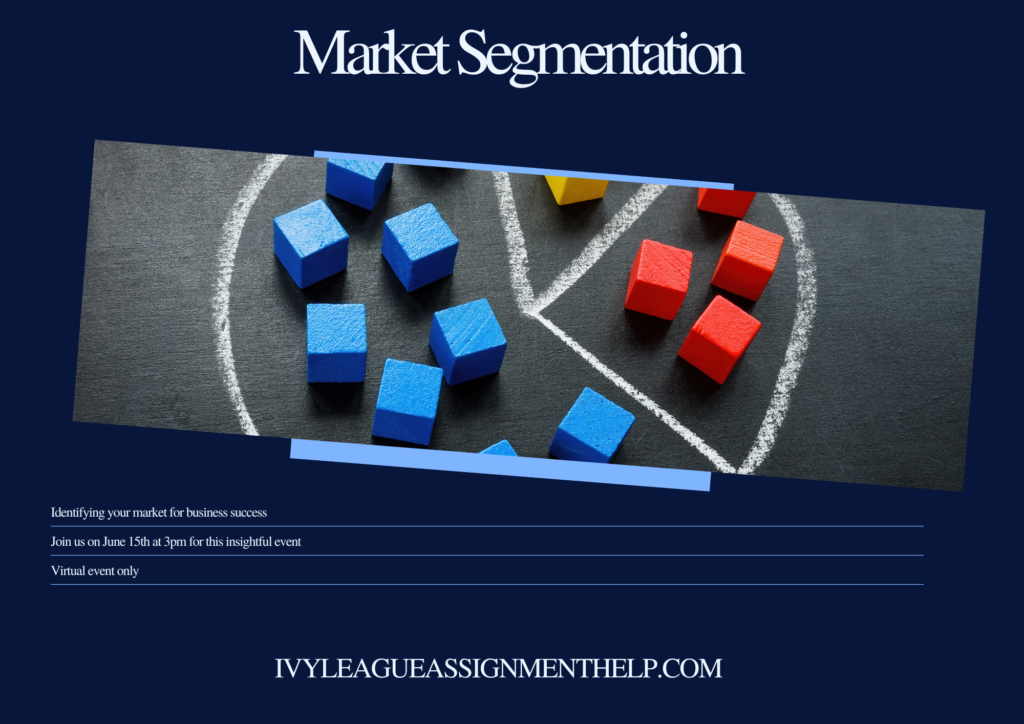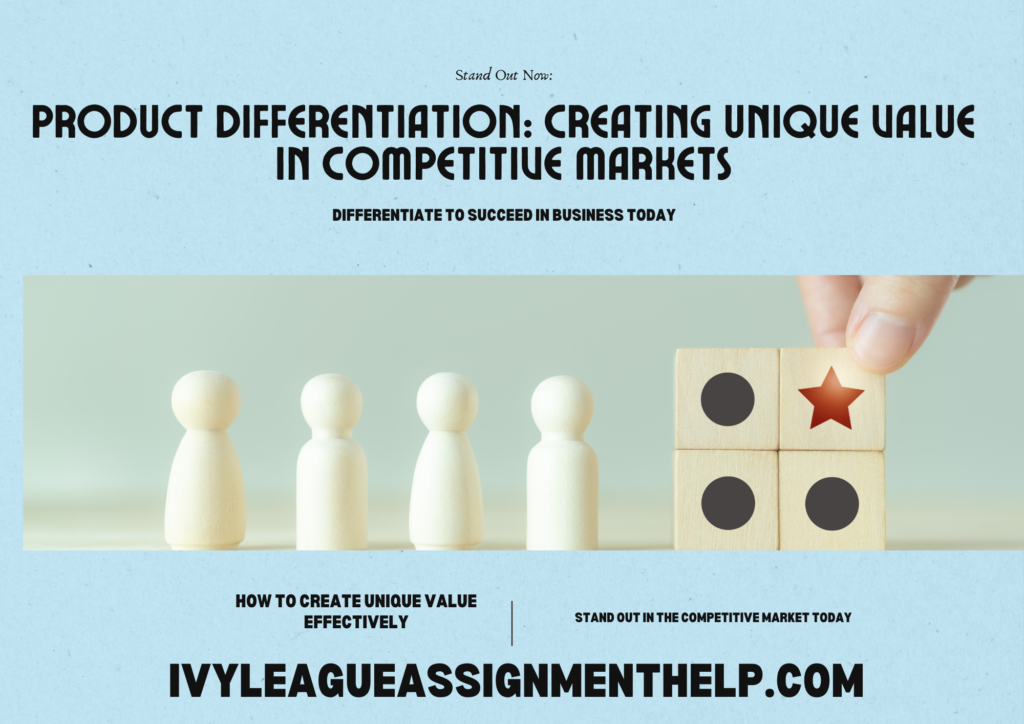Key Takeaways
- Normal goods are those for which demand increases as consumer income rises.
- Characteristics of normal goods include higher quality and desirability compared to inferior goods.
- Examples of normal goods span across various categories such as food, clothing, and transportation.
- Understanding normal goods helps in analyzing consumer behavior and predicting market trends.
Introduction
In economics, the classification of goods is essential for understanding consumer behavior and market dynamics. Normal goods are a critical category, distinguished by their positive correlation with consumer income. At ivyleagueassignmenthelp.com we help and guide students to learn that as people’s incomes increase, they tend to purchase more of these goods, making them a reliable indicator of economic growth and consumer confidence.

What are Normal Goods?
Definition of Normal Goods
Normal goods are products for which demand increases as consumer incomes rise. These goods are typically seen as higher quality or more desirable alternatives to inferior goods, and they reflect consumers’ preferences for better living standards as their financial situation improves.
Characteristics of Normal Goods
- Positive Income Effect: Demand for normal goods rises with an increase in consumer income.
- Higher Quality: Normal goods are often associated with better quality and higher prices compared to inferior goods.
- Widespread Demand: These goods are commonly sought after by consumers across various income levels.
Examples of Normal Goods
Common Examples
- Organic Foods: As incomes rise, consumers are more likely to purchase organic produce and products, seeking better health and quality.
- Personal Vehicles: Higher income levels lead to increased demand for personal cars, especially higher-end models.
- Brand-Name Clothing: Consumers with higher incomes tend to buy more brand-name and designer clothing, moving away from generic or thrift store options.
Contextual Examples
- Home Appliances: Items like high-end refrigerators, washing machines, and smart home devices see increased demand as consumer incomes grow.
- Travel and Leisure: Higher income levels often lead to more spending on travel, vacations, and leisure activities.
Factors Influencing Demand for Normal Goods
Income Changes
The primary factor influencing the demand for normal goods is changes in consumer income. As people earn more, they are likely to spend more on higher-quality and more desirable products.
Economic Conditions
Economic growth and stability boost consumer confidence and spending on normal goods. Conversely, during economic downturns, demand for these goods may decrease as people prioritize essential and inferior goods.
Consumer Preferences
Changes in tastes and preferences, driven by lifestyle trends, technology, and cultural influences, can also impact the demand for normal goods.
Normal Goods vs. Inferior Goods
Defining Inferior Goods
Inferior goods are those for which demand decreases as consumer incomes rise. These goods are typically seen as lower quality or less desirable compared to normal goods.
Comparative Analysis
| Feature | Normal Goods | Inferior Goods |
|---|---|---|
| Income Effect | Demand increases with higher income | Demand decreases with higher income |
| Consumer Perception | Seen as higher-quality and desirable | Seen as lower-quality alternatives |
| Examples | Organic foods, personal vehicles | Instant noodles, public transportation |
The Role of Normal Goods in Economic Theory
Income Elasticity of Demand
Income elasticity of demand measures how the quantity demanded of a good responds to changes in consumer income. Normal goods have a positive income elasticity, meaning that as income increases, demand for these goods also increases.
Income Elasticity of Demand
| Good Type | Income Elasticity | Example |
|---|---|---|
| Normal Goods | Positive | Organic foods, personal vehicles |
| Inferior Goods | Negative | Instant noodles, public transportation |
Economic Indicators
The demand for normal goods can serve as an indicator of economic health. Rising demand for these goods often signals economic growth, increased consumer confidence, and higher disposable incomes.
Graphical Representation of Normal Goods
Demand Curve for Normal Goods
The demand curve for normal goods slopes upward, indicating that as income rises, the quantity demanded increases. This is in contrast to the demand curve for inferior goods, which slopes downward.
Income and Substitution Effects on the Graph
When the price of a normal good falls, the income effect leads to increased purchasing power, which boosts demand. The substitution effect also increases demand as the good becomes relatively cheaper compared to alternatives.
Practical Implications for Businesses
Pricing Strategies
Businesses that sell normal goods should consider consumer income levels and economic conditions when setting prices. Premium pricing can be effective during economic booms, while discounts and promotions may sustain demand during downturns.
Marketing Approaches
Marketing strategies for normal goods should emphasize quality, desirability, and the benefits of upgrading from inferior goods. Highlighting how these goods improve lifestyle and status can attract higher-income consumers.
Normal Goods in Different Economic Contexts
Developing vs. Developed Economies
In developing economies, normal goods might be affordable luxuries that signal rising living standards. In developed economies, these goods are often seen as essentials for maintaining a certain quality of life.
Short-term vs. Long-term Trends
In the short term, economic booms boost the demand for normal goods. Over the long term, as economies develop and incomes stabilize, demand for these goods tends to grow steadily.
Real-World Case Studies
Case Study 1: Organic Foods in the United States
Over the past decade, the demand for organic foods in the U.S. has surged, driven by increasing consumer incomes and a growing awareness of health and environmental issues. This trend reflects the positive income elasticity of organic foods, a classic example of normal goods.
Case Study 2: Personal Vehicles in Emerging Markets
In countries like India and China, rising incomes have led to a significant increase in the demand for personal vehicles. As more people move into the middle class, car ownership becomes a symbol of improved living standards and mobility.
Examples of Normal Goods
| Category | Normal Good | Inferior Alternative |
|---|---|---|
| Food | Organic foods | Processed foods |
| Transportation | Personal vehicles | Public transportation |
| Clothing | Brand-name clothing | Thrift store clothing |
Income Elasticity and Demand
| Income Level | Demand for Normal Goods | Demand for Inferior Goods |
|---|---|---|
| Low Income | Low | High |
| Middle Income | Increasing | Decreasing |
| High Income | High | Low |
Frequently Asked Questions
What distinguishes normal goods from inferior goods?
Normal goods are those whose demand increases as consumer incomes rise, whereas inferior goods are those whose demand decreases with rising incomes.
Can a good be both normal and inferior?
No, a good cannot be both normal and inferior simultaneously. However, the classification can change depending on the economic context and consumer income levels.
Why are normal goods important in economic analysis?
Normal goods are important because their demand patterns provide insights into consumer behavior, economic conditions, and income distribution.
How do businesses adapt to changes in demand for normal goods?
Businesses adapt by adjusting pricing strategies, diversifying product offerings, and focusing on marketing approaches that highlight the quality and desirability of normal goods.
Are normal goods always high-quality?
Normal goods are typically perceived as higher quality compared to inferior goods, but the perception of quality can vary among consumers.
What happens to the demand for normal goods during an economic boom?
During an economic boom, the demand for normal goods typically increases as consumer incomes rise and people seek higher-quality and more desirable products.









